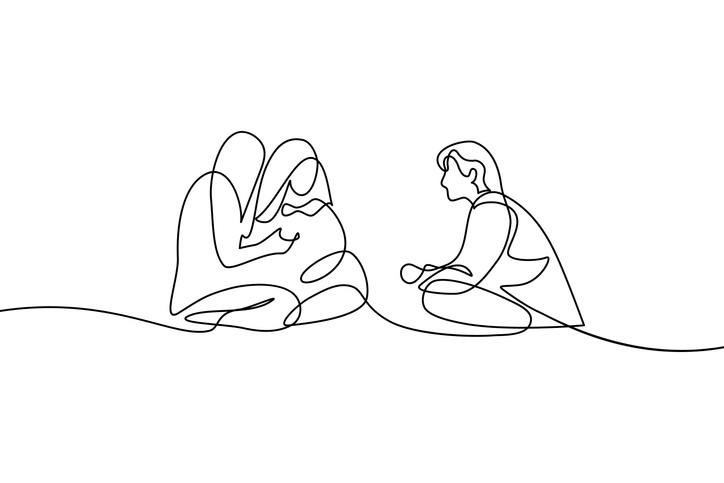People Who Do, Do, The Rest Meet
I have a love/hate with meetings. I love to hate them though I suspect meetings are a bit like capitalism, the worst option save all the others.

We’ve tried and tried to re-invent the Monday morning staff meeting, a ritualistic practice guaranteed to be a waste of time for 90% at any given point.
The griping isn’t without merit, one survey showed productivity was 71% higher with a 40% reduction in meetings. But we’re moving in the opposite direction as Covid caused a 13% increase in meetings.
Under the unproductive hood is the real pain point, unhappiness. Waste-of-time meetings cause satisfaction to drop and happiness follows suit.
Unproductive or merely excessive meetings increase fatigue.
We’ve all been there. A day full of back to back meetings leaves one feeling exhausted and often, with little to no sense of accomplishment.
Meetings also bring out what’s dubbed, ‘surface acting’ or faking emotions deemed appropriate, which is emotionally draining and correlates heavily with intention to quit.
I blame this on culture. DonorVoice meetings may suck for any number of reasons but not for faking emotions. Steel sharpens steel is one of our mantras.
Perhaps not surprisingly, active involvement is the strongest predictor of meeting effectiveness. Encourage involvement and understand the inhibitors. The Ringelmann effect says as the size of the group increases, the average individual effort falls.
But what about meeting composition? I’ll skip meetings to satisfy my preference sanity but also as the perfect behavioral solution to my ever-present concern that my talking crowds out involvement. If I ain’t there I can’t suck up their air.
What else can you do to increase employee happiness?
MIT researchers found the best way to minimize stress is zero meetings. That’s likely impossible but having at least 1 day that’s meeting free is a start. Please know the data shows the more days of zero, the better.
Thirty minutes or less for meeting length, can you do this? Consider Parkinson’s law – we expand a task in order to fill the time available to complete it. Micro meetings are all the rage, 10 minutes or less.
In our heavily virtual world there is some comardie building and water-cooler conversation that’s lost. That seems to get missed in the meeting productivity research. We have impromptu, spontaneous time during some meetings where it’s nothing but empty, shooting the bull time on the surface. That time is a bit like brand building, ephemeral and tough to measure but critical to long-term success.
Kevin


